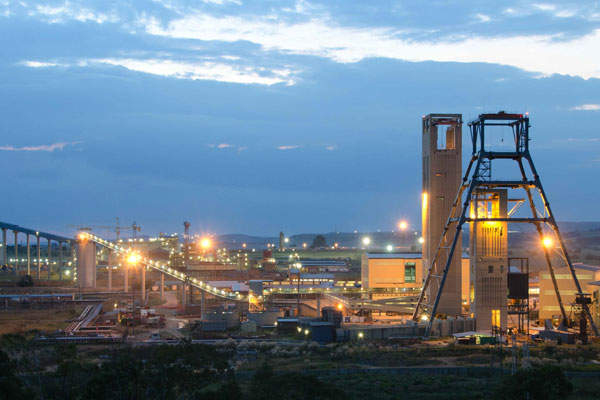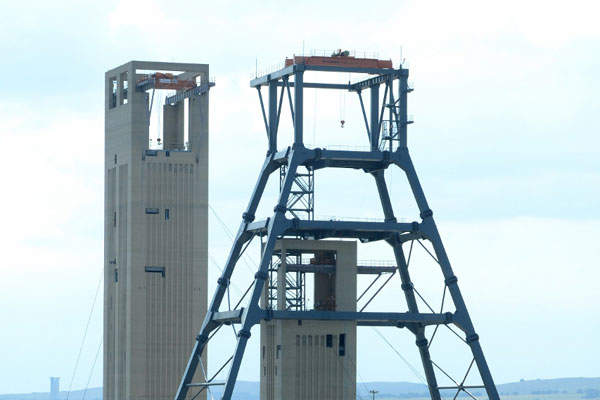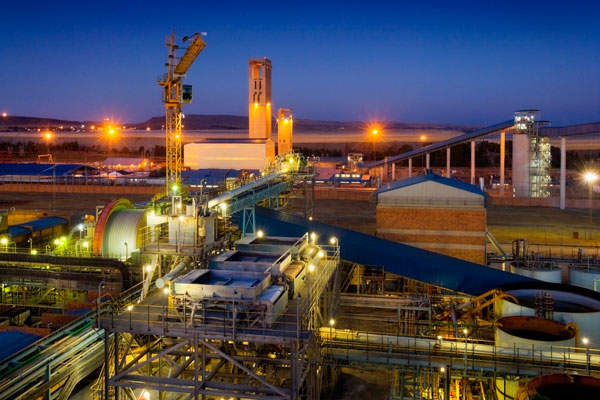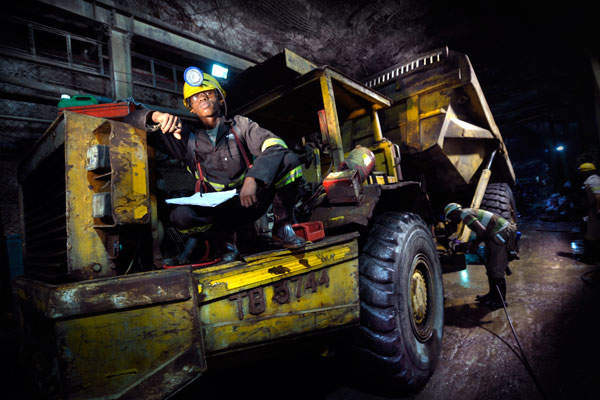The South Deep gold mine, located in Gauteng Province of South Africa, is one of the world’s biggest gold mines. It is also the seventh deepest mine in the world with a depth of 2,995m below the surface. It has a mine life of 75 years.
The underground gold mine also has a large resource base of uranium. Mining at the deep-level mechanised South Deep gold mine commenced in 1961.
Goldfields acquired the mine in 2006 and owns it through its subsidiary Newshelf 899. The mine is now jointly owned and operated by GFI Joint Venture Holdings Proprietary (GFI) and Gold Fields Operations (GFO).
The South Deep operation’s restructuring plan was initiated in August 2018, affecting 1,092 permanent employees and 420 contractors. The restructuring plan is aimed to consolidate Gold Field’s mining activity and align the cost structure to the current performance levels of the mine.
Production at the mine decreased by 44% from 281,300oz in 2017 to 157,100oz in 2018 due to decreased volumes and grades. The decline was mainly due to an industrial strike and the restructuring process.
South Deep gold mine geology, reserves and resources
The South Deep mine is located in the Far West Rand Goldfields and forms a part of the Witwatersrand Basin. The mine deposits lie beneath the Karoo Supergroup, Chuniesoort Group, Pretoria Group, Klipriviersberg Group and the Central Rand Group.
The Central Rand group comprises detrital sedimentary rocks filled with quartz-pebble conglomerates. The gold deposits are interrelated with sedimentary features such as unconformities and fluvial channels.
The South Deep deposit has approximately 32.8Moz of gold reserves as of December 2018. The estimated uranium inventory at the mine is 37.5Mlb.
Mining and ore processing at South Deep mine
The underground mine uses a combination of conventional drift and bench and low-profile mining methods.
The Upper Elsburg reef, the main target region of the mine, is mined using a fully mechanised drift-and-fill and long-hole stoping. The Ventersdorp Contact Reef is mined using mechanised low-profile mining.
Ore from underground is taken to the surface by a conveyor system using the ventilation shaft headgear discharge bin.
The semi-autogenous grinding mill in the milling circuit is used for primary and secondary milling. Ore milling is done by the two overflow ball mills and the tailings are stored in the centralised tailings storage facility.
Gold is recovered using four Knelson concentrators. Gold adsorption is conducted by an eight-staged carousel-type carbon-in-pulp circuit. The processing plant has a capacity of 220,000t a month.
Developing the world’s second-biggest gold mine
The deep gold mine extends across an area of 4,268ha. It operates a gold mine accessed through two shaft systems, including the 2,995m-deep twin-shaft complex and the South Shaft complex.
The mine was further explored and categorised into four areas, namely Old Mine, Current Mine, Phase 1 and Phase 2. Old Mine region is situated above the 90 Level and is accessed through the South Shaft complex.
The Current Mine region lies between the 90 Level and 95 Level and is accessed through the twin shaft. Phase 1 will extend to 3,075m below the surface while Phase 2 will extend to a 3,500m depth.
Construction and infrastructure at South Deep mine
Construction activities at South Deep include the installation of a tailings storage facility and deepening of the ventilation shaft. The works also include the additions to the metallurgical plant to increase its capacity.
A planexion process control system was installed at the mine along with a two-vertical silo facility for the surge capacity.
Mine equipment includes trucks, ore passes, crushers, conveyors and shaft silos. An ice-based underground cooling system was installed by 2015.
Headgear was attached to the ventilation shaft and converted into a production shaft to increase the capacity.
Contractors involved with South Deep’s development
Murray & Roberts was awarded the contract to provide backfilling technology for the South Deep gold mine.
Civcon won the contract for the construction of a brattice wall.
Hatch South Africa was awarded the contract to design and engineer the new steel headgear for the mine.







